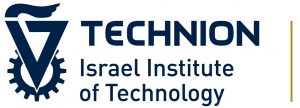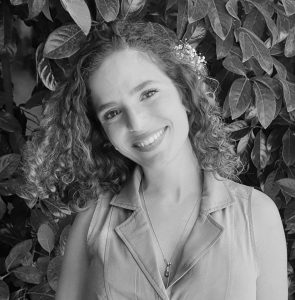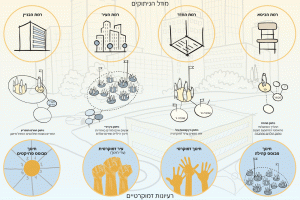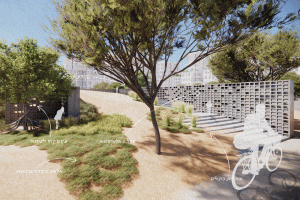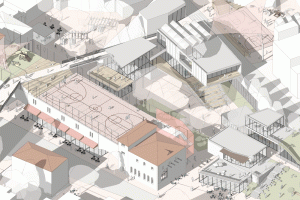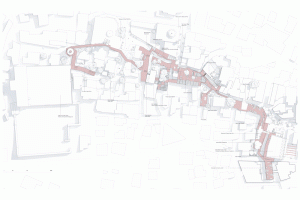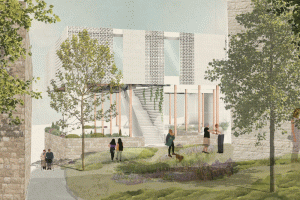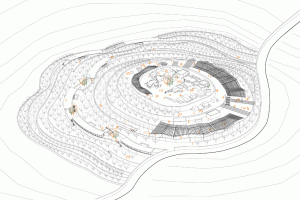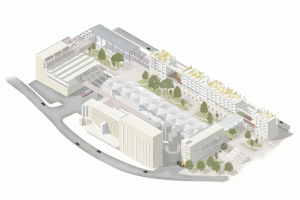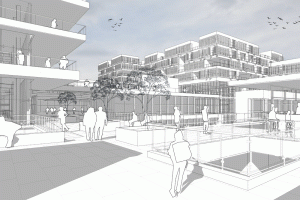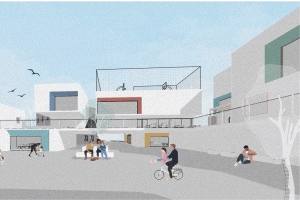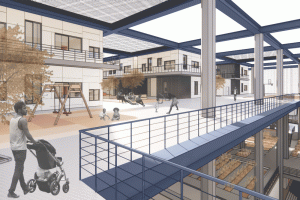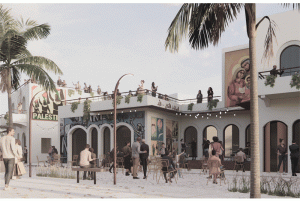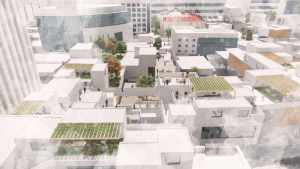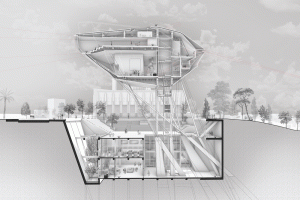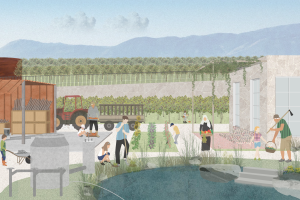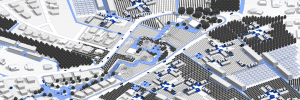Governing through integration
The governance challenges in the Negev, particularly within the context of Bedouin society, represent some of the most complex issues in Israeli society. For decades, significant efforts have been devoted to addressing housing in Bedouin villages, aiming to establish an architectural framework that meets their needs while resettling them in designated areas, often far from Jewish communities. This approach sought to prevent potential conflicts between the two populations. However, contrary to expectations, tensions between Jewish and Bedouin communities have intensified, exacerbating governance issues in the Negev.
The village of Amra-Tarabin, once home to the Tarabin tribe, emerged adjacent to the Omer settlement as an unconventional entity. In 2009, it was evacuated by police due to its status as an unrecognized village and authorities’ reluctance to formalize its unique Bedouin architectural patterns. The future may see a new narrative unfold between these two distinct entities, particularly as the recognized village of Umm-Batin grows nearer to Omer. This potential convergence raises the prospect of architectural and cultural clashes, with uncertain outcomes.
As of 2023, a wire fence marks the boundary of Omer’s final row of houses, symbolizing the ongoing divide. Despite similarities in architectural characteristics and mere hundreds of meters of physical separation, significant socio-economic disparities perpetuate tensions. Both Omer and Umm-Batin continue to expand within accepted structural norms, yet discussions of integration have largely been dismissed, primarily by the Jewish side.
Exploring the unique Bedouin settlement patterns—rooted in desert ecology and social principles—offers valuable insights for sustainable urban development in the Negev. These principles, although not exclusively tied to any single culture or ethnicity, have often been overlooked in favor of global architectural models disconnected from the local context.
This project seeks to revisit the historical interactions between Omer and Amra-Tarabin while envisioning a future where the patterns of Umm-Batin and Omer might integrate. By addressing these intersections, the project raises broader questions about reshaping settlement planning paradigms in the Negev. Its goal is to promote coexistence, leveraging urban benefits to bridge socio-economic gaps between the two communities, and fostering sustainable development—both collectively and individually.
Achieving this requires legitimizing informal planning practices within the formal planning framework. To support this integration, a code-based urban tool has been developed, addressing key planning factors such as building area ratios, density, social structures, soil conditions, and climate considerations. This approach aims to blend formal and informal principles, paving the way for a more inclusive and sustainable future for Negev settlements.
